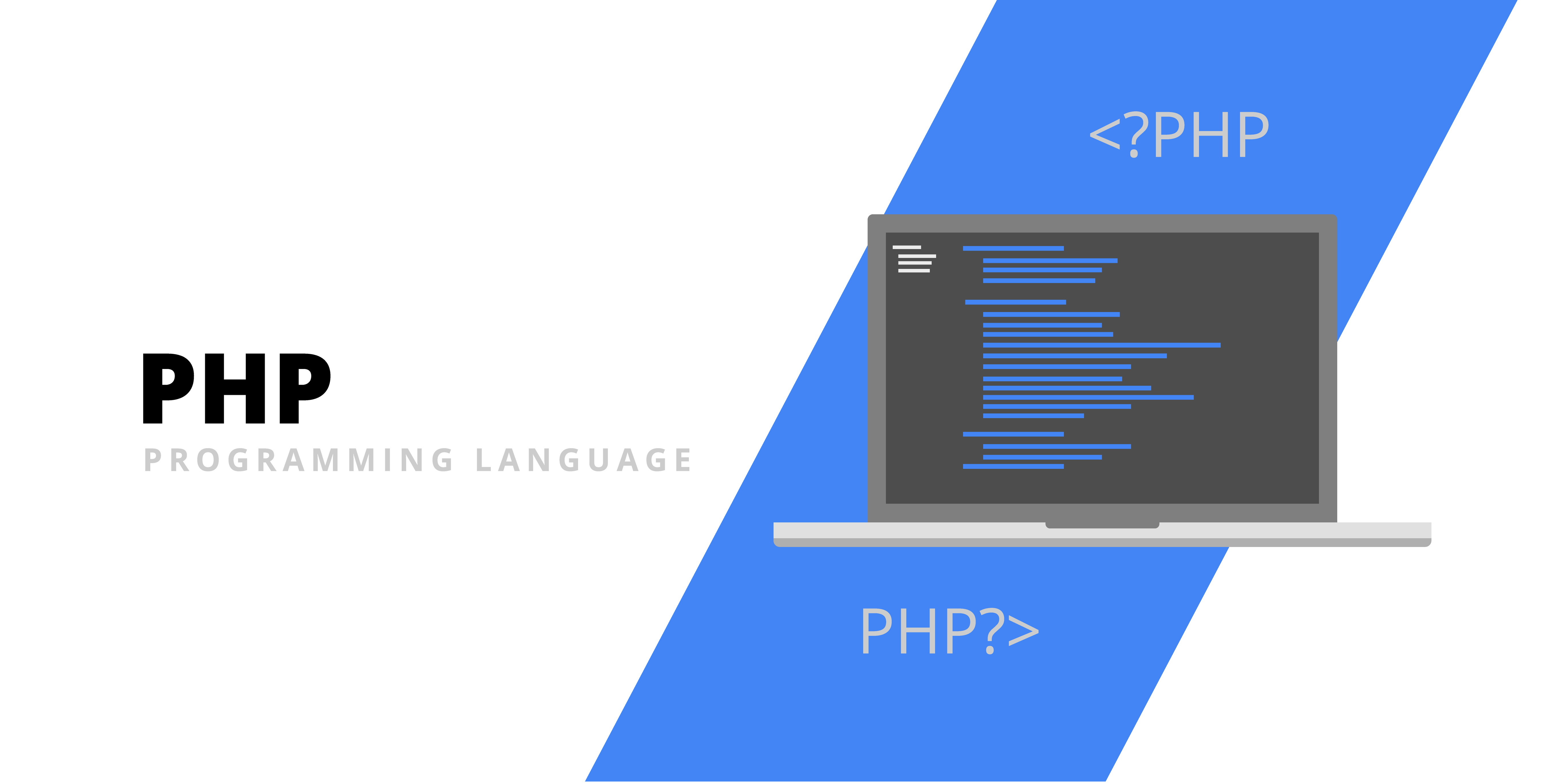
PHP is an incredibly powerful programming languaage, one that powers roughly 80% of the web! But it's also one of the easier languages to learn as you can see your changes in real time, without having to compile or wait for the code to repackage your app or website.
Defining a PHP script
To get started, create a file called "myfirstpage.php." You can actually call it anything you'd like, but the important part here is the extension:
.php. This tells the server to treat this page as a PHP script.
Now let's go ahead and create a basic HTML page:
<html>
<head>
<title>Hello</title>
</head>
<body>
Hello
</body>
</html>
Go ahead and save your page and upload it to any host that supports PHP. Now visit your page and you should see a page that outputs "Hello."
Echo content
Now let's add some PHP code to our script. To signal the server to render PHP code we first open with the
<?php tag, then we write our PHP code, and finally close it with the
?> tag. This is important as if we were creating an XML file and forgot to escape the opening XML tag which also has a question mark, we would run into a fatal error.
Now let's write some PHP code that tells the server to echo specific output. To echo or print the content on the page we can use the
echo statement in our PHP code by placing the text we want to echo in single quotes and then end the command with a semi colon. Let's echo out "there!":
<html>
<head>
<title>Hello</title>
</head>
<body>
Hello <?php echo 'there!'; ?>
</body>
</html>
Now upload your script and test it on your webhost. You should now see "Hello there!" on your screen. Now this isn't as exciting since we could do the same thing in HTML without PHP, so let's create dynamic content based on the URL string.
Using $_GET
PHP allows you to interact with your visitors and handle incoming data. This means that you can use either the URL (querystring) or forms to retrieve user input. There are additional ways to access data as well, but we will not be covering those in this introduction.
In your browser, add the following to the end of your url:
?name=yourname The full URL should now look like myfirstpage.php?name=yourname
You'll notice when you visit this page nothing happens - so let's change that! To access the value of
name in the querystring, we can use
$_GET['name'] like so:
<html>
<head>
<title>Hello</title>
</head>
<body>
Hello <?php echo $_GET['name']; ?>
</body>
</html>
You'll notice that unlike the text "there!" that the GET is not in quotes - this is because this is a variable and by not placing it in quotes we're telling PHP to render this as a variable and not as text. If we leave the single quotes, instead of saying "Hello yourname" it would say "Hello
$_GET['name']."
Using logic and defining variables
Along with getting user input, you can also create conditions to determine what content should be output. For example, we can determine whether or not to say "Good morning" or "Good evening" depending on the time, along with your name using the querystring.
To do this, we'll be using
if,
elseif, and
else along with the PHP
date() function. You can learn more about how to use different date formats to output the date
here, but we'll be using the
date() function to get back the hour of the day (based on the server's time) between 0 (midnight) and 23 (11pm). We'll then use greater than (>) to determine what to assign to our
$time variable which we'll output with the user's name.
<html>
<head>
<title>Hello</title>
</head>
<body>
<?php
if(date("G") > 18) {
$time = 'evening';
} elseif (date("G") > 12) {
$time = 'afternoon';
} else {
$time = 'morning';
}
echo 'Good '.$time.' '.$_GET['name'];
?>
</body>
</html>
Now upload your script again to the web server and refresh the page. Depending on the time of the server you should see either Good morning, Good afternoon, or Good evening followed by your name.
If you get an error, or the page is blank, make sure you have closed all of your quotes and have a semicolon after your statements/ commands. Missing a quote or semicolon is one of the most common causes of PHP errors.
You may also receive an error if the timezone has not been set on your server. To resolve this (or change the timezone/ output of the script) try adding this line as the first line following the opening PHP bracket (
<?php):
date_default_timezone_set('America/Los_Angeles');
With that you have created your first PHP script and have already taken advantage of many of the fundamentals used in every PHP program. While there is more to learn you are well on your way, and have a great start on defining variables, using user input, and taking advantage of PHP's built in functions.
Want more? Go even further with our Beginning PHP video training course! 